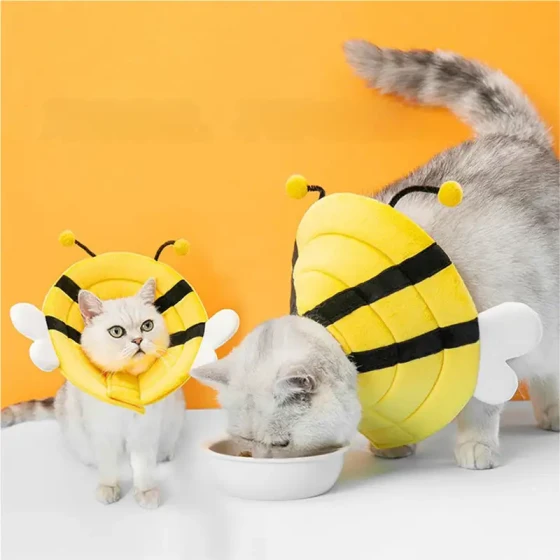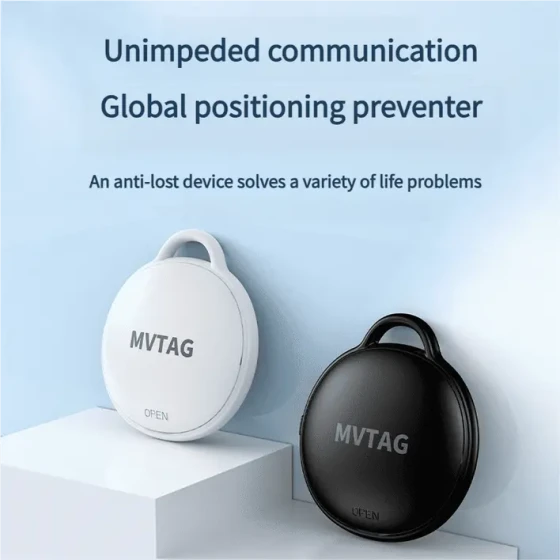What Can a 3-Month-Old Cat Eat_Kittens Diet Guide and Nutrition Matching
For 3-month-old kittens, the core food is high-quality kitten-specific cat food, supplemented with appropriate wet food to ensure they receive adequate and balanced nutrition during this rapid growth phase, laying a solid foundation for a healthy future.
3-month-old kittens are like babies eager to be fed, in the most critical “golden period” of development in life. Every cell, bone, and muscle in their body is growing at an astonishing speed. Nutrition at this stage directly determines their future physique, immunity, and even personality. Therefore, carefully selecting and properly balancing their diet is the top priority for every "pet owner."
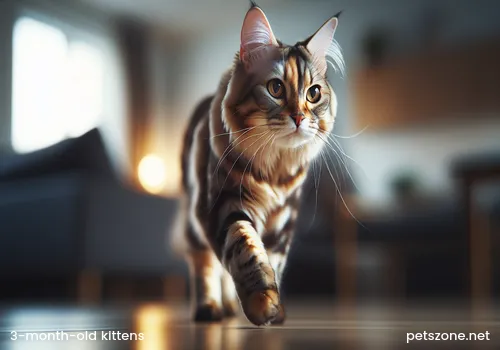
1. Core Pillar: High-Quality Kitten Food
Kitten food is the cornerstone of the diet for 3-month-old cats. Why emphasize "kitten-specific" and "high-quality"?
* Specially designed for kittens: Kitten food formulas usually contain higher protein and fat levels to support the energy and muscle development needed for rapid growth. For example, protein content is generally recommended to be above 30%-40%, fat content around 15%-20%. It is also rich in minerals like calcium and phosphorus, as well as nutrients such as DHA which are vital for brain and vision development.
* Easy to digest: Considering the delicate digestive system of kittens, kitten food is often made with smaller kibble and includes prebiotics and probiotics to aid digestion and reduce gastrointestinal burden.
* Comprehensive and balanced: Good kitten food is "complete" cat food, meaning it provides all the nutrients cats need without requiring additional supplements (unless recommended by a veterinarian).
How to choose high-quality kitten food?
1. Look for "complete" labeling: Ensure the product packaging indicates "complete cat food," meeting national standards.
2. Check the ingredient list: The first ingredients should be meat or meat meal (such as chicken, fish, beef), not grains. Avoid products with large amounts of fillers like corn or wheat, as cats have limited ability to digest grains.
3. Brand and reputation: Choose well-reputed domestic or international brands with professional veterinary backgrounds or research teams. A 2kg bag of quality kitten food usually costs between 100-300 RMB, depending on brand and formula.
4. Palatability: If a kitten is picky, consider flavors with better palatability, but ultimately choose what the kitten accepts and what is healthy.
2. The Finishing Touch: Wet Food and Homemade Fresh Food
Besides dry food, wet food (cans, pouches, etc.) is also an important supplement for 3-month-old kittens and can even be part of their main diet.
* Advantages of wet food:
* Hydration booster: Cats naturally dislike drinking water; wet food contains 70%-80% water, effectively supplementing hydration and benefiting their urinary system health. It’s like providing a "walking water dispenser" for cats.
* High palatability: Wet food has a soft texture and rich aroma, making it more attractive to kittens, especially picky eaters.
* Easy to digest: Wet food is usually more easily digested and absorbed by kittens.
Considerations for homemade fresh food:
If you have enough time and expertise, you can prepare small amounts of homemade fresh food as a supplement.
* Ingredient selection: Should primarily include cooked chicken breast, fish (deboned), beef, and small amounts of cooked vegetable purees (such as pumpkin, carrot, although cats have a low utilization rate for plant proteins).
* Preparation principles: Must be thoroughly cooked with absolutely no seasonings added (salt, sugar, oil, spices, etc.).
* Nutrition balance is difficult: Homemade fresh food rarely matches the comprehensive nutrition of commercial cat food. Long-term feeding requires professional supplements and is best done under the guidance of a pet nutritionist or veterinarian, otherwise it may cause nutritional imbalances. Remember, "homemade requires caution, professionalism is key."
3. Feeding Amount and Frequency: Gradual and Adjust as Needed
3-month-old kittens are in a rapid growth phase and need small frequent meals daily.
* Feeding frequency: Recommended 3-4 times a day. As they age, this can gradually reduce to 2-3 times daily.
* Feeding amount: Refer to the feeding guidelines on the cat food packaging. Different brands and formulas have different energy densities and feeding amounts. For example, packaging may indicate "3-month-old kitten feed 50-70 grams daily."
* Observation and adjustment: The best approach is to adjust based on the kitten’s body shape, weight, activity level, and satiety. After each feeding, observe if the kitten finishes the food and watch for overweight or underweight signs. Kittens should remain energetic, mentally alert, and their ribs should be felt but not protruding.
4. Source of Life: Adequate Drinking Water
Water is an indispensable part of a cat’s life, essential for maintaining bodily functions, metabolism, and toxin elimination.
* Always provide fresh water: Ensure kittens have access to fresh, clean drinking water 24 hours a day.
* Multiple water points: Place several water bowls in different locations at home or use a pet drinking fountain to encourage cats to drink more.
* Clean water bowls: Wash water bowls daily and regularly replace water to prevent bacteria growth.
5. Kitten Diet "No-Go Zone": Absolutely Avoid These!
Some human foods are lethal "poison" for cats, even small amounts can cause serious consequences.
* Milk: Most cats are lactose intolerant; drinking milk may cause diarrhea and vomiting. Cats need cat milk or pet-specific goat milk powder.
* Chocolate, coffee, tea: Contain theobromine and caffeine, toxic to cat hearts and nervous systems.
* Onion, garlic, chives, and other alliums: Contain sulfides that destroy red blood cells, causing anemia.
* Grapes and raisins: May cause acute kidney failure.
* Bones (especially poultry bones): Brittle and sharp, can injure the digestive tract or cause choking.
* Raw meat and raw eggs: Unprocessed raw meat may contain parasites and bacteria (e.g., Salmonella, E. coli); egg whites contain substances that inhibit biotin absorption.
* Human snacks and seasonings: High salt, sugar, fat, and artificial additives harmful to cat health.
6. Frequently Asked Questions (FAQ)
Q1: Can a 3-month-old kitten drink milk?
A1: Not recommended. Most cats (including kittens) are lactose intolerant and may experience diarrhea and vomiting after drinking milk. For hydration or nutrition, opt for cat-specific goat milk powder.
Q2: Can a 3-month-old kitten eat snacks?
A2: Small amounts of kitten-specific snacks can be given but strictly controlled. Snacks should not exceed 10% of the cat’s daily energy needs and must not replace the main meal. Choose functional snacks like cat sticks or freeze-dried treats, which help build the bond and can be used as training rewards.
Q3: What if a 3-month-old kitten doesn’t like cat food?
A3:
* Check palatability: Try changing brands or flavors of kitten food.
* Mix dry and wet food: Add a little wet food to dry food to enhance aroma and texture.
* Warm wet food: Slightly warm (not hot) the wet food to release more aroma and boost appetite.
* Rule out illness: Sudden loss of appetite and lethargy may indicate illness; take the kitten to the vet promptly.
* Fixed feeding times: Develop regular feeding habits and remove food promptly after feeding to avoid spoilage.
Q4: Does a 3-month-old kitten need nutritional supplements?
A4: If feeding high-quality “complete” kitten food, additional supplements are usually unnecessary. Complete cat food covers all nutritional needs for kitten growth. Supplements should only be given under veterinary advice if a deficiency or special health need is diagnosed. Blind supplementation may cause overnutrition and harm.
Summary
Providing scientific and balanced diets for 3-month-old kittens is key to their healthy growth. Choose high-quality kitten-specific cat food as the main diet, supplemented with moderate wet food, ensure sufficient drinking water, and strictly avoid forbidden foods. This is like building a solid nutritional “pyramid” for kittens. Carefully observe the kitten’s appetite, mental state, and excretion, and regularly take them for health checks. You will find that a well-fed kitten rewards you with vitality and adorable behavior.
References:
Based on common pet nutrition guidelines, kittens have higher protein and fat requirements than adult cats.
(Note: This is general knowledge rather than specific literature citation; for specific data, consult authoritative sources such as AAFCO, FEDIAF cat nutrition guidelines.)
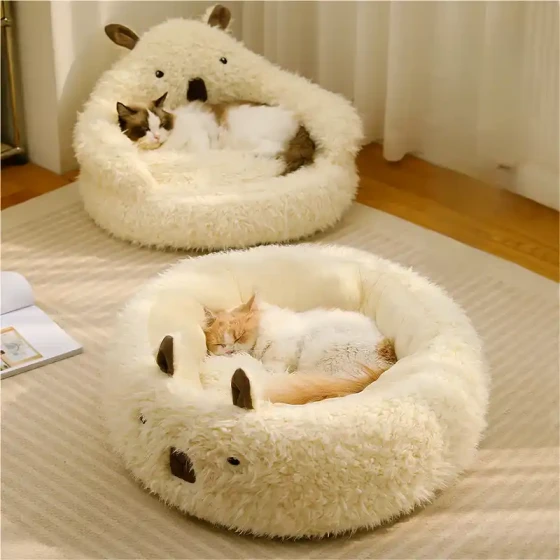
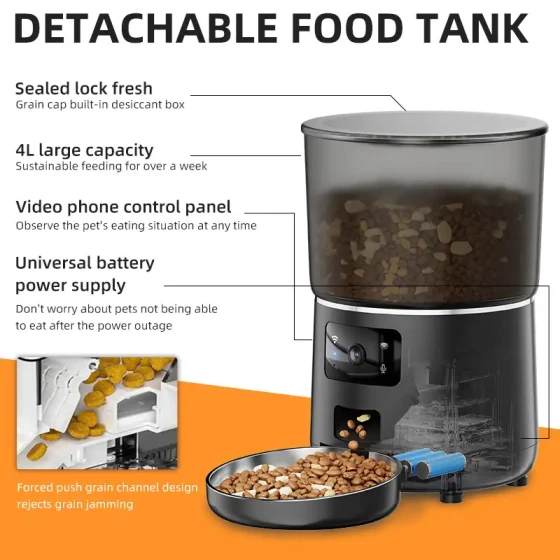
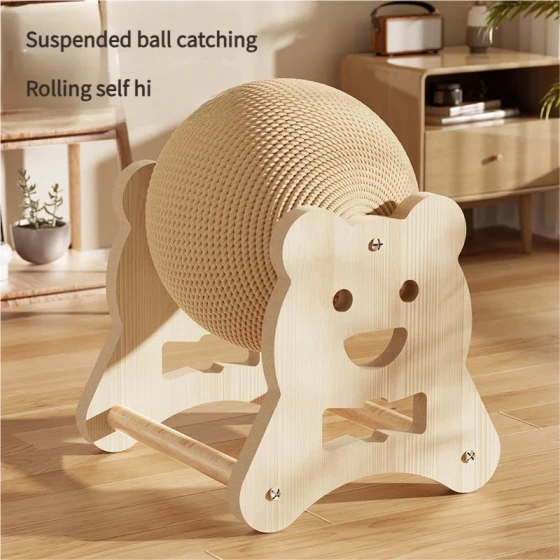
-560x560.webp)
